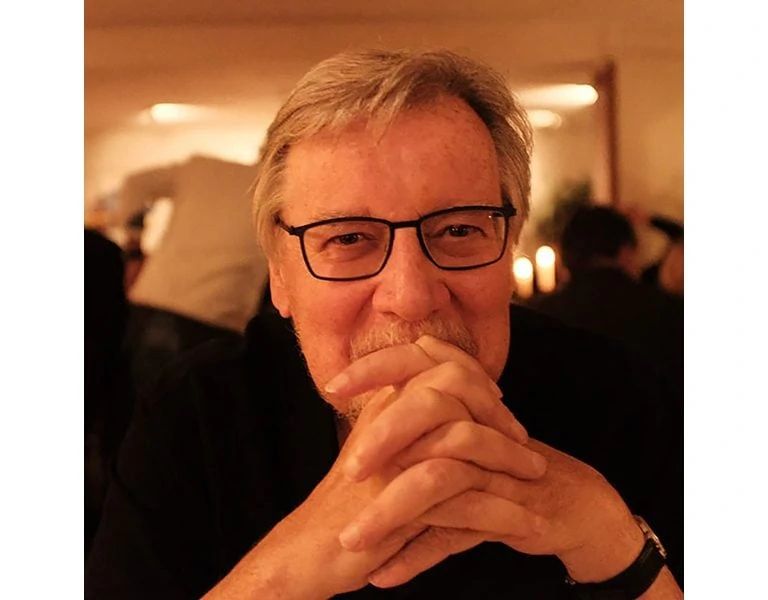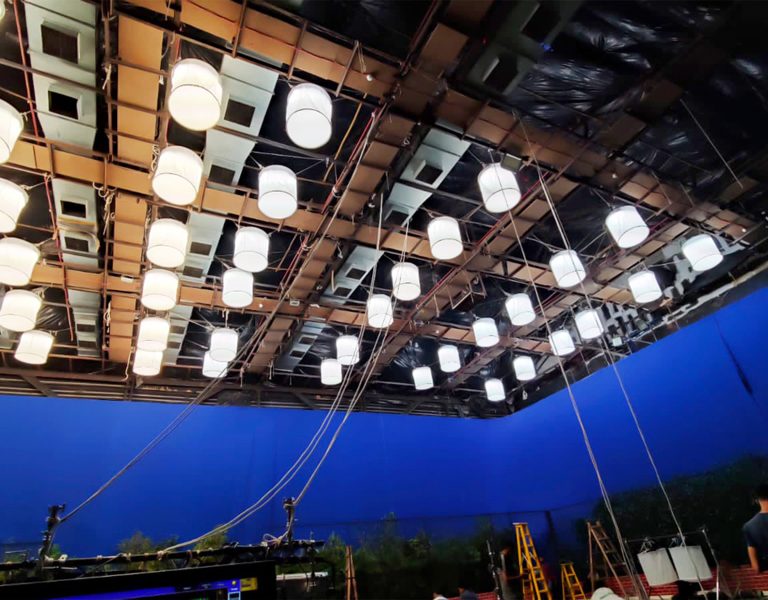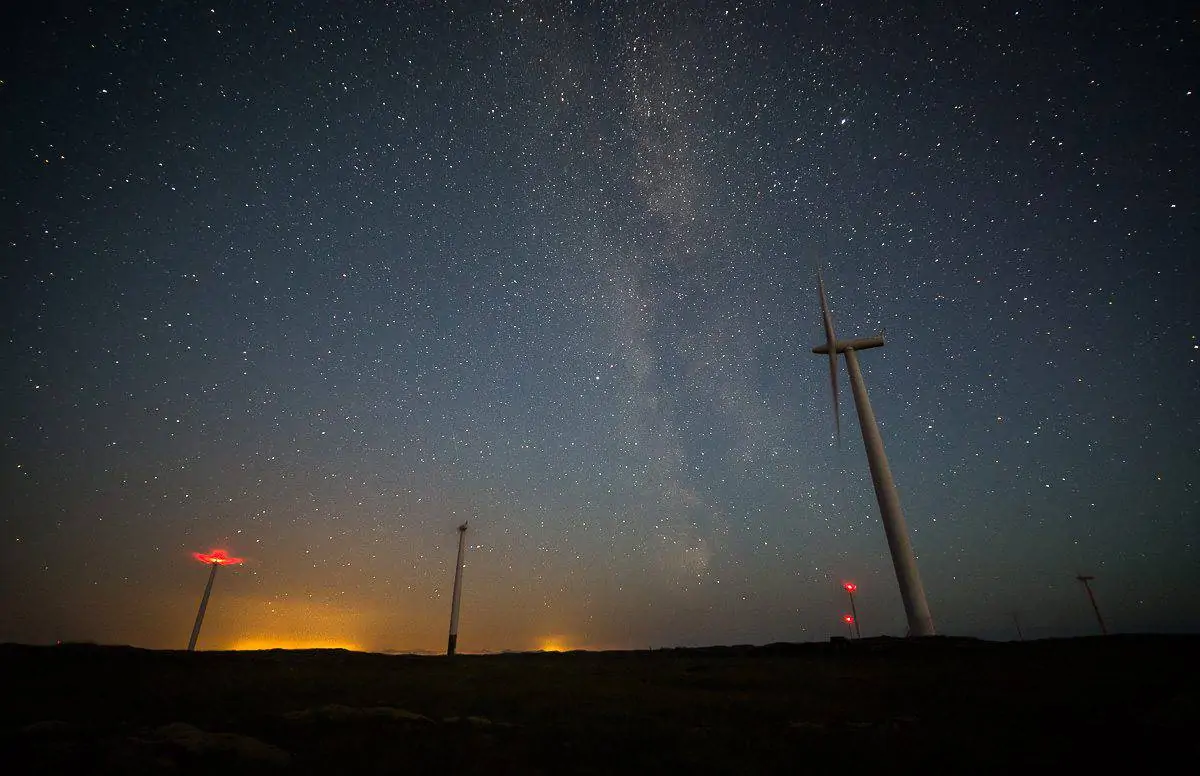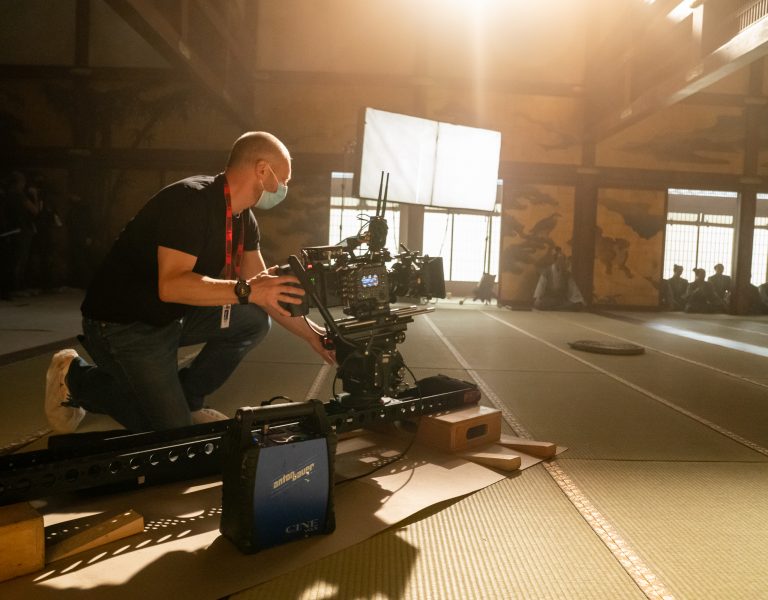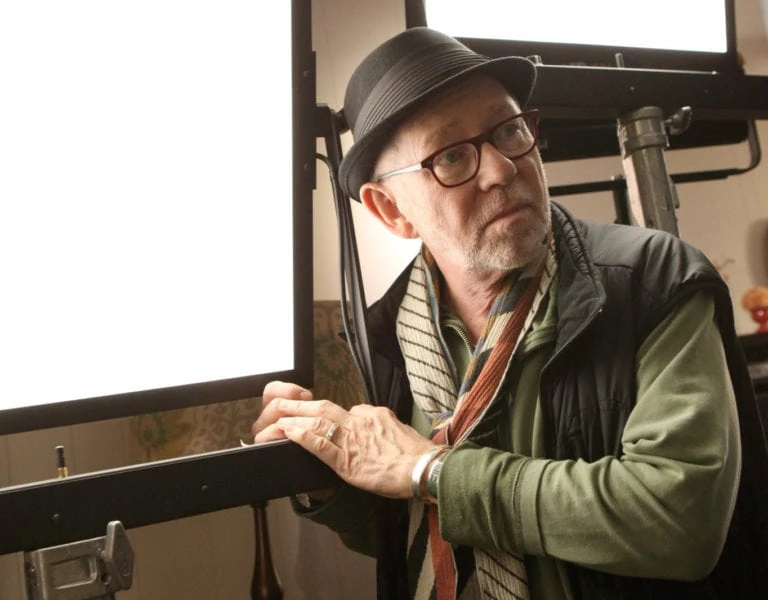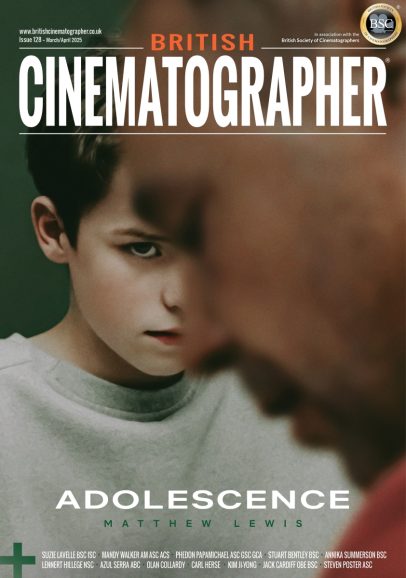For Steven Poster, seeing light is a lifelong lesson. He explains why sharing knowledge with students for the first time and seeing them light up is such a rewarding experience.
Five years ago I was invited to take over a summer class for a colleague of mine who was leaving town. It was at my alma mater, Art Center College of Design. At first, I was reluctant because it seemed like a big commitment to a process I wasn’t really trained to do. Could I sustain 14 weeks of three-hour classes? Did I have enough to teach these young students who were so eager to learn about cinematography?
I had plenty of experience talking to groups. That wasn’t a problem. I had done dozens of stand-ups and panel discussions, and interviews and even gave the keynote speech to the Illuminating Engineers Society, the people who do street lighting. They wanted to hear more about how cinematographers see light. And I wanted to tell them how they could help make our work better by the kind of lamps they use to light the areas we had to photograph.
There are many opportunities to teach, and plenty of students who want to learn how to tell visual stories. In the Los Angeles area there are almost 20 schools. In London there are more than 10 schools that have departments for movies and television. In the past these were all called ‘Film Schools’. I’ve been trying to find a way to describe these departments. After all, how many still teach how to shoot film? There are some that do. And those students are fortunate to have that experience. I know my friend Stephen Lighthill ASC, who runs the cinematography department at the American Film Institute insists that his students use film for their final thesis projects.
Teaching to a curriculum seemed like a whole different football game to me. And it made me a bit nervous. But I did decide to try it. And I’m glad I did.
Many of my colleagues already started teaching as they got older. USC, UCLA, Chapman Art Center College of Design and many more – our community is very generous that way. I don’t know any of our friends who doesn’t enjoy the work we do and doesn’t want to talk about it. So why wouldn’t any of us want to teach?
Teaching isn’t just getting up and telling war stories, which I’ve seen some do. The problem with that is the students like the stories. And that can be distracting from what we really must and are expected to direct the students to learn in our classes. In other words, we need to have a lesson plan and materials to illustrate.
In my freshman three-hour class there is time for lecture and demonstration and to show at least part, if not all of a movie. And since these are generally students who might be fresh out of high school or have been to community college, I like introducing them to an attitude that was told to me when I first came to Art Center. Once a student enters Art Center that student is expected to be considered a professional. They are expected to act and preform in a professional manner. It was a great discipline that I appreciated, even though it was sometimes tough because so much was expected of us. But it really helped in the long run. One lesson I learned the hard way was ‘Clients don’t pay for excuses’. I only tried to get away with that one once. It was early in my career and I was producing and shooting a commercial. I forgot to bring the film!
In that first class I also hand out a list of about one hundred movies that are some of my favorites for cinematography. I ask the students to return these lists with an indication of what they have already seen. I am often surprised how many of these students are movie literate. But the movie I show in the first class is Visions of Light. I’m sure many of you have seen this gathering of so many of our heroes in one documentary talking about their love of our art and craft.
In my second class of the semester I give a demonstration that was taught to me in my first class at Art Center in 1964 by a man named Charles Potts, a fantastic teacher. This simple demonstration had a major effect on my life from that time forward. It was the basics of how to see light. It was a very simple concept of what a single light does when it is cast on an object. He quietly stood there and demonstrated the components of the Laws of Light falling on the object, in this case a white sphere. And then he gave us the Coup De Gras: “There are only two kinds of light. When it’s sunny and when it’s cloudy.” Soft light/hard light. Bounced soft light or transmitted soft light – like if was coming through a cloud. Focused hard light through a fresnel lens or an optical system. Even parallel light rays like the light from the sun have the quality of a spotlight. The trick then is to make the spotlight look like the sun.
Seeing light is a lifelong lesson. Giving it to the students for the first time and seeing them light up is worth the price of admission.
